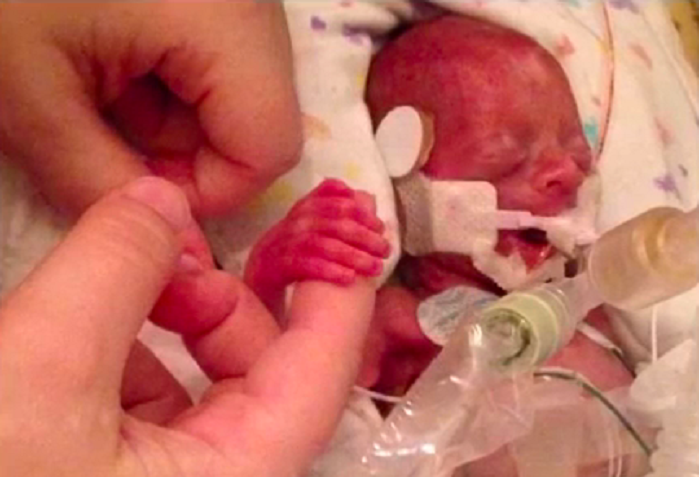Babies born extremely preterm, barely halfway through gestation, are living and thriving thanks not only to improvements in modern medical science but also to changing attitudes in the medical community.
The British Association of Perinatal Medicine has taken note of these improvements regarding extremely preterm babies and is now recommending that babies born as early as 22 weeks’ gestation [bapm.org] should be actively cared for with lifesaving treatments.
According to the British Medical Journal [bmj.com], the charge is for doctors to routinely consider lifesaving stabilization and resuscitation for “all babies born from 22 weeks’ gestation.” They go on to note that this new recommendation “reflects steady improvements made in neonatal and obstetric care over the past decade that have increased survival rates among the most premature babies.”
There has indeed been an avalanche of evidence showing earlier and earlier viability of premature babies. Previously, many doctors and hospitals considered the earliest limits of fetal viability as 28 weeks’ gestation.
But, in the last few years, numerous medical studies have pointed out that even babies born as early as 22 weeks’ gestational age (also called 20 weeks’ post-fertilization, just half-way through gestation) are now surviving, if given active care such as corticosteroids, resuscitation and intensive care.
One such child, Micah Pickering of Iowa, has become the face of the effort to limit abortions after this same point, by which research [lozierinstitute.org] shows the unborn feel pain. The studies also point out that these improvements in survival are due not just to better medical science, but also to better medical attitudes toward such fragile born individuals. If you care for them, they will live. But we need to care for them first.
A recent study [nature.com] found that if extremely preterm babies were routinely given care, as many as 53 percent of those born at 22 weeks’ gestation survived, compared to only 8 percent if active care was not given, based on physician preference. The survival of more than half of these preterm infants, when given active care, challenges current thoughts about the age limit of viability [nature.com].
Keep up with the latest pro-life news and information on Twitter. Follow @LifeNewsHQ
Another study published in the Journal of the American Medical Association (JAMA) compared preterm survival rates in Sweden [jamanetwork.com] over time, and showed survival of babies born at 22 weeks’ gestation increased from 29 percent during 2004-07 to 58 percent during 2014-16, again when given intensive care.
These later studies on survival at 22 weeks validate earlier published results in the medical literature. A 2016 study in JAMA Pediatrics found that 60 percent of infants born at 22 weeks [jamanetwork.com] who receive active hospital treatment will survive.
A groundbreaking 2015 New England Journal of Medicine study demonstrated that babies delivered as young as 22 weeks can survive [nejm.org], and active intervention for treatment greatly improves their survival.
And a National Institutes of Health-funded study, also published in the New England Journal of Medicine in 2017, found that infants who were delivered at 22-24 weeks and who received active treatment observed increasing rates of survival [nejm.org] without any neurological impairment.
Yet sadly, three-fourths of those delivered at 22 weeks still received no active care. Contrast the assumption of lack of viability and hence lack of care with the assumption of viability shown in the treatment of Lyla Stensrud, who was born at 21 weeks, 4 days in July 2014. [pediatrics.aappublications.org], and has grown into a healthy little girl [today.com].








